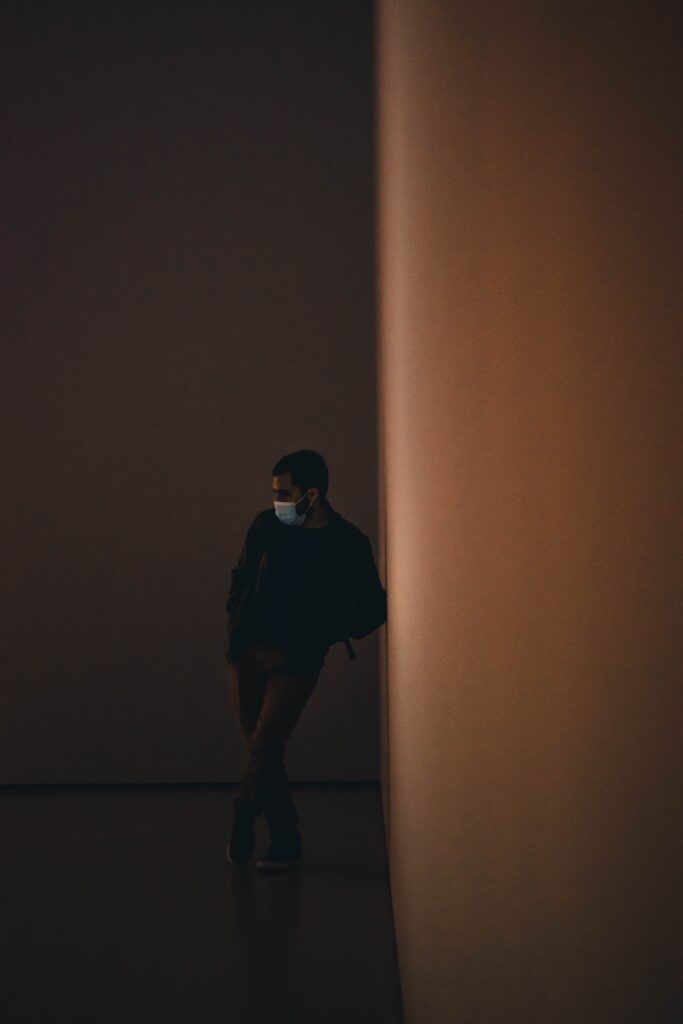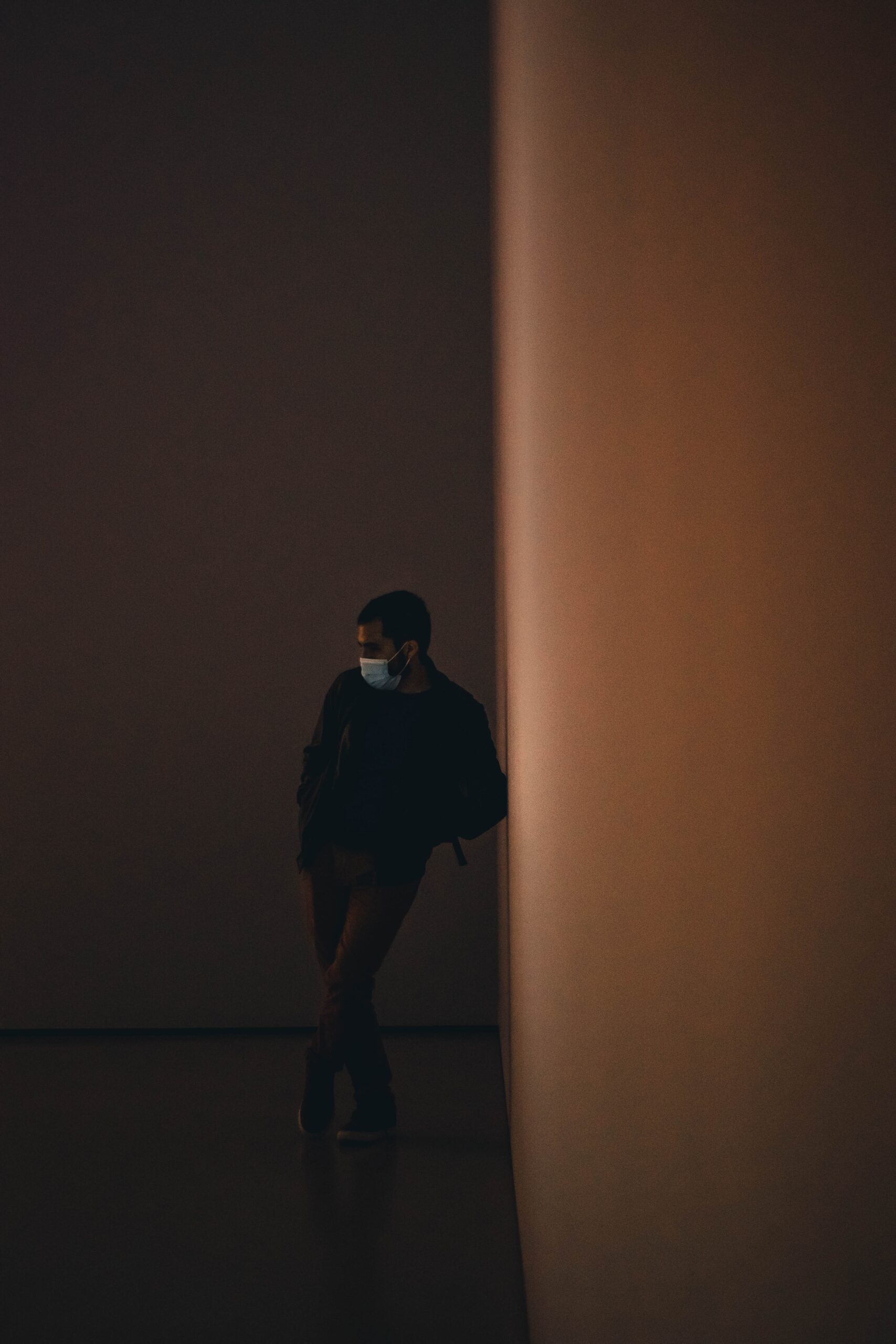The MoMA PS1 Exhibition: A Restaging of ‘Untitled 1990 (Pad Thai)’ brings to light the influential work of artist Rirkrit Tiravanija. Known for his performance-based conceptual art, Tiravanija’s 1990 piece ‘Untitled 1990 (Pad Thai)’ involved him cooking and serving noodles to visitors of the gallery. As part of the “relational aesthetics” movement, this exhibition at MoMA PS1 takes a unique approach by restaging Tiravanija’s original work as a “play.” While cooking and food are still present, they take up a smaller portion of the show compared to previous iterations. Instead, the exhibition delves into the theme of people and community, addressing social and political issues through demonstrations and depictions of unrest. Despite some critics viewing Tiravanija’s work as a toothless substitute for real democracy, the exhibition serves as a reminder that urgent problems persist beyond the confines of the art institution’s walls. By challenging Western decorum and creating discomfort through eating with strangers, Tiravanija’s work invites viewers to question their expectations and explore unconventional connections.

Overview of Rirkrit Tiravanija and ‘untitled 1990 (pad Thai)’
Introduction to Rirkrit Tiravanija
Rirkrit Tiravanija is a highly influential artist known for his performance-based conceptual work. Born in Buenos Aires, Argentina, in 1961, Tiravanija was raised in Thailand and later received formal art training in the United States. His multidisciplinary approach and focus on audience participation have made him a prominent figure in the art world.
Description of ‘untitled 1990 (pad Thai)’
One of Tiravanija’s most noteworthy works is “untitled 1990 (pad Thai).” Created in 1990, this piece involved the artist cooking and serving pad Thai, a popular Thai noodle dish, to gallery visitors. By incorporating food into his artwork, Tiravanija challenged the traditional boundaries of art by emphasizing human interaction and shared experiences.
Relational aesthetics movement
Tiravanija’s work is often associated with the relational aesthetics movement, which emerged in the 1990s. This movement focused on blurring the boundaries between artist, audience, and artwork, encouraging spectators to feel like active participants rather than passive observers. By creating immersive and interactive environments, artists like Tiravanija aimed to foster social connections and collective experiences.
Restaging of ‘untitled 1990 (pad Thai)’ at MoMA PS1
Current exhibition at MoMA PS1
The current exhibition at MoMA PS1 revisits Tiravanija’s seminal work, “untitled 1990 (pad Thai).” Rather than simply displaying the original piece, the exhibition restages it as a “play,” inviting visitors to engage with the artwork in new and dynamic ways. This approach allows for a fresh interpretation of Tiravanija’s work while staying true to its original essence.
Recreation of ‘untitled 1990 (pad Thai)’ as a ‘play’
In the restaging of “untitled 1990 (pad Thai),” MoMA PS1 transforms the exhibition space into a theatrical setting. Visitors become both spectators and participants as they navigate the reconstructed environment and interact with the artwork. This innovative approach adds another layer of engagement to Tiravanija’s piece, creating a truly immersive experience for all who visit.
Inclusion of remnants of previous works
Alongside the restaged “untitled 1990 (pad Thai),” the exhibition at MoMA PS1 also includes remnants of Tiravanija’s previous works. These remnants serve as tangible reminders of the artist’s artistic journey and offer insight into his development as an artist. By incorporating these elements, the exhibition provides a comprehensive overview of Tiravanija’s body of work and his evolution as a creative force.
Focus on people and community as a theme
A central theme of the exhibition is people and community. Through the restaging of “untitled 1990 (pad Thai)” and the inclusion of remnants from previous works, Tiravanija highlights the importance of human connection and social relationships. By immersing visitors in an environment that encourages interaction and dialogue, the exhibition fosters a sense of community and shared experience among participants.
Role of cooking and food in the exhibition
While cooking and food were fundamental elements of the original “untitled 1990 (pad Thai),” they play a more subtle role in the exhibition at MoMA PS1. While still present, cooking and food take up a smaller portion of the show, highlighting the broader themes of social and political engagement. Nevertheless, these elements continue to serve as potent metaphors for nourishment, sustenance, and solidarity within Tiravanija’s work.

Addressing Social and Political Issues
Demonstrations and depictions of unrest
Tiravanija’s exhibition at MoMA PS1 addresses various social and political issues through demonstrations and depictions of unrest. By incorporating elements of activism and protest, the artwork becomes a platform for highlighting and questioning pressing societal issues. Through visual representations and performative aspects, the exhibition prompts viewers to reflect on the complexities and injustices of the world around them.
Emphasis on participation and community
One of the core principles of Tiravanija’s work is the emphasis on participation and community. By inviting visitors to actively engage with the artwork, the exhibition encourages a sense of collective ownership and shared responsibility. This approach challenges the notion of passive art consumption and promotes a more democratic and inclusive form of artistic experience.
Critics’ argument on the effectiveness of Tiravanija’s work
Despite the widespread acclaim and recognition Tiravanija has received, some critics argue that his work is a toothless substitute for real democracy. They claim that while his emphasis on participation may create a temporary sense of unity and community, it ultimately fails to address and resolve deep-seated social and political issues. These critics contend that Tiravanija’s work is more performative than transformative and urge for a more substantial engagement with the complex problems society faces.
Exhibition’s reminder of urgent problems outside the art institution
The exhibition at MoMA PS1 serves as a poignant reminder that urgent problems persist beyond the boundaries of the art institution. By incorporating demonstrations and depictions of unrest, Tiravanija’s work draws attention to social and political issues that often go unnoticed or are dismissed. This reminder provokes viewers to reflect on their role in society and contemplate the possibilities for collective action and change.
Challenging Western Decorum and Engaging Discomfort
Discomfort through eating with strangers
One of the ways Tiravanija challenges Western decorum and engages discomfort is by encouraging visitors to eat with strangers. By disrupting typical social norms and conventions, the artist creates an environment that pushes participants out of their comfort zones. This deliberate discomfort serves as a catalyst for dialogue and creates opportunities for new connections to be formed.
Political implications and strikes during the exhibition
During the exhibition at MoMA PS1, Tiravanija’s work had unexpected political implications. As participants engaged with the artwork, some went on strike in solidarity with pro-Palestinian rallies, highlighting the intersection between art and politics. These strikes evoked further discussion and debate, demonstrating the potential for art to spark meaningful political engagement and action.
Imparting skills outside of making art through cooking demonstrations
In addition to challenging Western decorum, Tiravanija’s work aims to impart skills outside of making art. Through cooking demonstrations and interactive experiences, participants have the opportunity to learn new culinary techniques and engage with food as both sustenance and a form of artistic expression. By broadening the scope of artistic education and participation, Tiravanija encourages individuals to explore diverse areas of knowledge and skill.
Differing expectations of connections and political debate
Some viewers may come to the exhibition with preconceived expectations of finding immediate connections and engaging in overt political debate. However, Tiravanija’s work challenges these assumptions by inviting participants into a more nuanced and introspective experience. Rather than promoting explicit political discourse, the exhibition encourages self-reflection and collective engagement with pressing social issues. By navigating these differing expectations, the artwork elicits a range of emotions and perspectives from its diverse audience.
In conclusion, Rirkrit Tiravanija’s restaging of ‘untitled 1990 (pad Thai)’ at MoMA PS1 offers a comprehensive exploration of the artist’s influential work and its relevance to social and political engagement. By recreating the original piece as a ‘play’ and incorporating remnants of previous works, the exhibition provides visitors with an immersive experience that emphasizes human connection and community. Through demonstrations, depictions of unrest, and discussions of discomfort, Tiravanija challenges Western decorum and prompts viewers to confront urgent social and political issues. While some critics question the effectiveness of Tiravanija’s work, the exhibition serves as a powerful reminder of the ongoing struggles outside the confines of the art institution. By embracing participation, imparting skills, and disrupting expectations, Tiravanija’s work invites viewers to critically engage with their surroundings and consider their role in shaping a more just and inclusive society.


